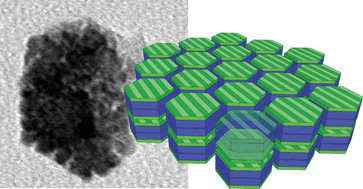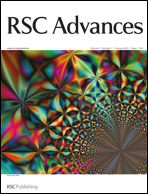The bottom-up synthesis of functional materials has become one of the most versatile tools of nanochemistry. It requires not only control over composition and particle size, but also over shape. The fine-control over shape demands an in-depth knowledge about the nucleation and growth of inorganic crystals in the homogeneous phase. A detailed, mechanistic study about the crystallization of zinc oxide is presented here. The findings can easily be transferred to other binary solids with significant ionic character and in particular to those adopting polar crystal classes. New insights about the role of anionic capping agents, cations and kinetic factors during crystallization are reported. One has to conclude that the influence of the cations, specifically the interplay between cation and anion is more significant than expected. Furthermore, low-molecular weight additives containing carboxylic groups are compared to macromolecular additives leading to unusual mesocrystals. Similarities to the concepts of biomineralization are discussed. Finally, a drastic enhancement of photocatalytic activity by several orders of magnitude could be observed for shape-engineered ZnO nanoparticles.

You have access to this article
 Please wait while we load your content...
Something went wrong. Try again?
Please wait while we load your content...
Something went wrong. Try again?


 Please wait while we load your content...
Please wait while we load your content...